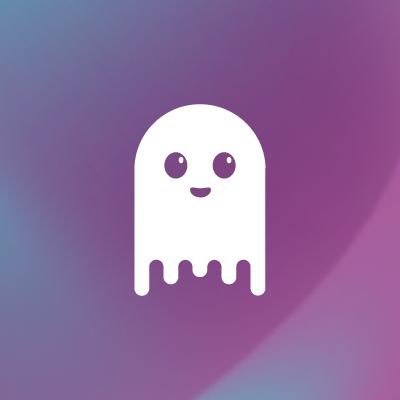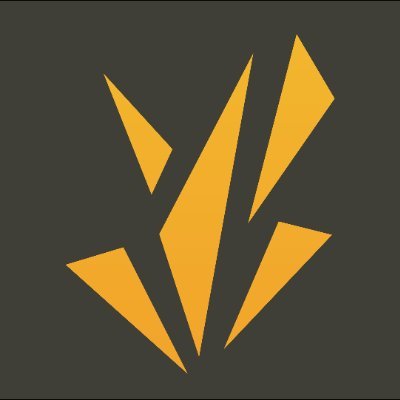What is MakerDAO's motivation for partnering with Gnosis Chain? Where does the multi-chain strategy lead?
Author: Haotian
I originally thought that MakerDAO's Newchain plan had "cooled off" after a wave of public discussion, but unexpectedly, MakerDAO's lending protocol Spark Protocol passed a proposal for Gnosis Chain just a day ago, and it even grandly named it the Kick-off of a multi-chain strategy. It seems that MakerDAO's Endgame expansion has officially begun its "defection" path?
What is GnosisChain? The official explanation is that it is an independent public chain built on xDAI, which is actually equivalent to EVM chains like BSC and Avalanche that aim to be Ethereum killers. At a critical moment when everyone is discussing MakerDAO's potential escape from Ethereum, Spark Protocol chooses to deeply bind with a relatively unknown competitive chain of Ethereum, which raises concerns that Vitalik might retaliate again with a MKR dump.
So, what motivations are hidden behind Spark Protocol's partnership with GnosisChain? Why is Ethereum layer2 not the optimal solution for MakerDAO? Why doesn't MakerDAO adopt the same multi-chain strategy as AAVE? Next, I will attempt to briefly analyze this for reference:
Why Choose Gnosis?
Rather than saying that MakerDAO chose Gnosis, it might be more accurate to say that Gnosis successfully rose to prominence by leveraging the entanglements between MakerDAO and Ethereum? According to DefiLlama data, the total value locked (TVL) across all 50 protocols on Gnosis is only $77 million, while Spark Protocol alone has a TVL of $427 million on Ethereum. It seems that MakerDAO's choice of Gnosis could be seen as a bit of self-deprecation to cater to Gnosis. Why Gnosis specifically? Simply put, Gnosis was initially named xDai Chain, aiming to use the universe's first algorithmic stablecoin DAI, compatible with and expanding Ethereum, attracting users from Ethereum, especially MakerDAO.
It is not hard to see that Gnosis is a chain born for MakerDAO (cough). Now that the backup has finally been promoted to a primary role, is it just because of its fast transaction speed, low fees, and good cross-chain interoperability? I believe this is more of a signal from MakerDAO executing its Endgame plan: unwilling to be constrained within the framework of Ethereum. The inclusion of Gnosis in the strategic plan indeed has a feeling of "immortals fighting, dogs and chickens benefiting."
Why is Ethereum layer2 not the optimal solution?
In my previous article, I analyzed that Ethereum's layer2 expansion is limited (you can check the highlights on the homepage), constrained by the capacity of the mainnet rollup contracts. As the father of DeFi, it is understandable that MakerDAO harbors a bit of pride and ambition to break through to higher performance. However, lending and borrowing are inherently low-frequency scenarios, and performance is clearly not the core consideration. MakerDAO's ambition is to have a secure and controllable chain with hard fork decision rights. To achieve this fundamental goal, it cannot rely too much on layer2.
In fact, if we look at the layer2 development strategy of its competitor AAVE, we can also find some reasons why MakerDAO is dismissive of layer2. AAVE has deployed on 9 chains, with the majority of its TVL still on the layer1 main chain; Arbitrum only has $145 million, while GMX's TVL is $422 million. Although defining layer2 as unsuitable for lending protocol development may seem subjective, considering the sidechain nature of layer2 and its centralization, along with the core position of lending on layer1 chains, it is not difficult to see that layer2 cannot support the grand vision of lending platforms.
Moreover, to add some news, after announcing a deep partnership with Gnosis, MakerDAO also quietly released a proposal to deploy on zkSync, while MakerDAO has not made significant moves within the two major OP-Rollup camps of Arbitrum and Optimism. This could be interpreted as MakerDAO looking down on the security of OP-Rollup? If they choose layer2 and only select the zero-knowledge proof ZK-Rollup track, it is hard not to make such an association. I even see many people calling for MakerDAO to land on the Base chain in the Maker forum; whether this is feasible remains unknown, but given MakerDAO's current security requirements, it seems a bit difficult.
What is the endpoint of MakerDAO's multi-chain strategy?
From the current data, MakerDAO's CDP alone has a TVL of $4.68 billion, surpassing AAVE deployed across 9 chains. If we add Spark Protocol's $427 million, MakerDAO is undoubtedly still the DeFi leader. In AAVE's $4.56 billion TVL, only $500 million comes from non-Ethereum chains, clearly indicating that AAVE has already set an example for MakerDAO in multi-chain expansion. From the data alone, the temptation of a coverage-based multi-chain strategy is not significant; MakerDAO's multi-chain strategy is certainly not as simple as just covering protocols on various chains.
If MakerDAO simply wanted to pursue a multi-chain route, layer1 options like Avalanche and Polygon would also be good choices. By directly ignoring these well-known layer1s and well-known layer2s, and opting for a relatively unknown backup chain, isn't the intention quite clear? It is precisely because Gnosis has a "favorable relationship" with MakerDAO that it can satisfy MakerDAO's multi-chain expansion without sacrificing "sovereign" control.
Of course, this is a boon for the Gnosis chain; after all, this is MakerDAO's embrace. Gnosis's layout in RWA may also be a key attraction for MakerDAO. However, overall, Gnosis is just a piece on MakerDAO's chessboard. I roughly looked at the Endgame, which actually plans for 5 phases. MakerDAO's multi-chain, cross-chain, and even NewChain application chain launches all confirm one point: MakerDAO does not want to be limited by any single chain and aims to seamlessly integrate into various financial application scenarios in the future, ultimately achieving a highly autonomous financial service community united by multiple SubDAOs.
Although born from Ethereum, developed from Ethereum, and thriving from Ethereum, Vitalik and everyone hope that MakerDAO can always focus on Ethereum. However, the facts prove that while Ethereum remains steadfast, MakerDAO is fluid; MakerDAO does not want to be constrained by any framework.
Finally, a piece of trivia: MakerDAO's official app entrance has been changed to Spark Protocol, which is clearly intended to direct traffic to Spark. If users want to participate in CDP lending, they have to find Oasis trade, which was renamed Summerfi a month ago. Not only is the name change puzzling, but the entrance is also deeply hidden, making it difficult for the average person to find.












